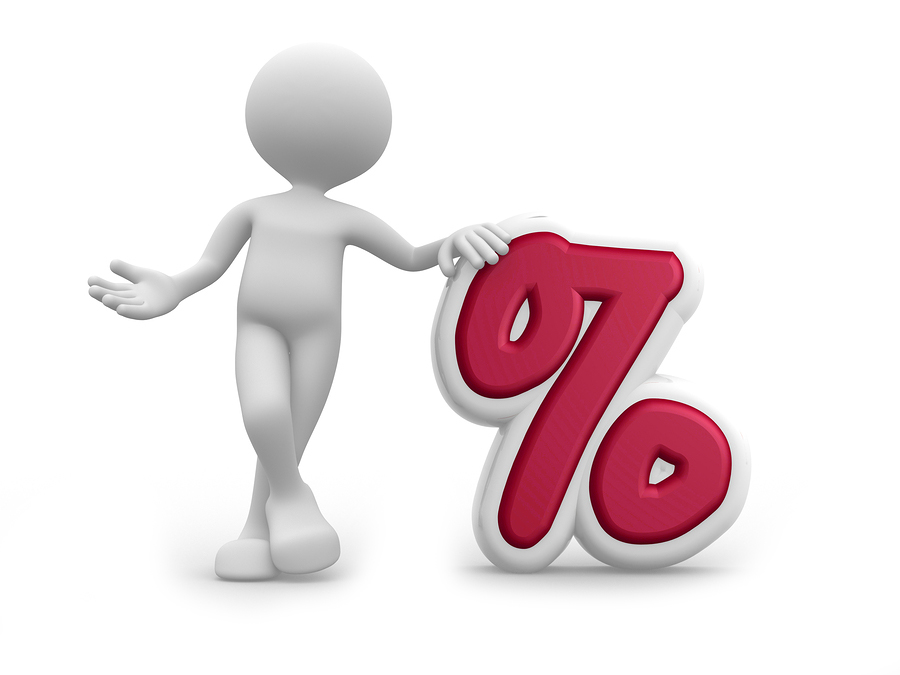I am pleased to join Identity Marketing as a periodic columnist scripting what I call The Take Away. I hope to share with you ideas, skills and content for personal and business development. The objective is to increase sales and profits and differentiate yourself from the competition. 48 years of industry experience has given me a bit of knowledge and as the saying goes, "if you know something, teach it!"
This first Take Away is fresh from my most recent seminar at Expo 2016 in Las Vegas. For over 25 years. I have preached "Co-op Funding." It never grows old. This is simply a source of well over $25 billion a year and much of it can be grabbed by our industry to pay for what you sell.
 Over 6,000 consumer brands have co-op money available to their wholesale and retail network to share in advertising expenses that market and sell their specific brand. When you see that huge CVS or Walgreens circular fall out of the Sunday paper, for the few older people who still read newspapers, that is where co-op advertising shines best. Awareness and use of co-op funds in our industry, however, is "underwhelming." Too few people know it and too few people steer their clients to these funds. Hence, we fail miserably in tapping into this huge source of money. It's going to radio, TV, newspaper, periodicals and the internet.
Over 6,000 consumer brands have co-op money available to their wholesale and retail network to share in advertising expenses that market and sell their specific brand. When you see that huge CVS or Walgreens circular fall out of the Sunday paper, for the few older people who still read newspapers, that is where co-op advertising shines best. Awareness and use of co-op funds in our industry, however, is "underwhelming." Too few people know it and too few people steer their clients to these funds. Hence, we fail miserably in tapping into this huge source of money. It's going to radio, TV, newspaper, periodicals and the internet.
Co-op is a financial relationship between a manufacturer and its wholesale/retail outlets where the manufacturer co-operates and shares the expense in advertising.
This program applies to both wholesalers and retailers. It rarely applies to service businesses like insurance, finance, etc. Some industries close the door by allocating funds for materials only they provide (e.g. automotive).
A tire manufacturer might share with a local tire dealer [Bob's Tire] the cost of a newspaper ad, TV commercial, outdoor billboard, etc. What the manufacturer pays is based upon Bob's ledger account that Bob accrued based upon last year's annual sales. If Bob sold $100,000 worth of their brand of tires, he accrues 1- 3 percent of sales for use in advertising and promotion this year. The percentage varies brand to brand. A key factor for Bob to consider working with you is that Bob must use the money in his account for advertising and promotion, or he will lose it by the end of the year. In reality, the Bobs of this world do not use all the money they can, so it goes to waste.
Open the eyes of clients and prospects with your knowledge of co-op advertising.Presenting knowledge opens Bob's eyes to your greater value. What Bob's Tire and most promotional product distributors don't know is that co-op money can, indeed, be spent on promotional products: a T-shirt, a tire pressure gauge, etc. It's bottom up advertising. Your "funders" are his suppliers of tires, spark plugs, shocks and pretty much every brand he sells.
 While not every brand will allow their funds to be spent on our products, an estimate done many years ago was that 65-75 percent of the brands would. All Bob needs to do is ask. How much they will pay for a specific product or ad varies widely from 25 percent to over 50 percent of the cost of the ad or promotion. There are many rules and requirements and the rules are not universal. One tire company may pay 20 percent of the promo and another 40 percent.
While not every brand will allow their funds to be spent on our products, an estimate done many years ago was that 65-75 percent of the brands would. All Bob needs to do is ask. How much they will pay for a specific product or ad varies widely from 25 percent to over 50 percent of the cost of the ad or promotion. There are many rules and requirements and the rules are not universal. One tire company may pay 20 percent of the promo and another 40 percent.
Co-op gives you the opportunity to sell Bob $1,000 worth of promotional products and his share can be only $500 or less. It is possible to get two suppliers to co-op thereby Bob gets it "free." Imagine telling a prospect you might be able to deliver a $5,000 promotion "FREE"!
To learn if a given supplier will pay and the details of their program, call the co-op advertising department at the manufacturer's home office. However, Bob may already have that information in his file or at least have direct access to policies on line. Try Googling a given brand name and add "co-op policy" to the search words. You'll be amazed at what you discover.
Armed with knowledge about co-op, you can approach many different prospects in the smallest of territories. A plumbing supply dealer, appliance, furniture, sporting goods, grocery, flooring, beauty supply store, etc. – all have money available from most of the brands they sell. For example, a huge supermarket chain in the Northeast spends money on baby bibs and they use co-op funds from diaper and baby product brands to fund it.
Your focus should be to differentiate your company from your competition by finding new ways to service clients in an ever growing internet commoditizing world. Co-op funding works. Unfortunately, there is no easy guide to finding the money, that's why we call the process "prospecting." Grab your shovel and you may find gold.
First contact is your best chance to differentiate yourself.
 At the outset, on the phone or in person, clearly explain your expertise in increasing HIS/HER sales and building HIS/HER buyer loyalty, you are halfway there. Then, convey your knowledge as to seeking HIS/HER often wasted co-op funds to help pay for the promotion. Your chances of getting an appointment increase greatly and you become more than a "vendor." You become a partner in helping this prospective account manage the use of co-op funds and make sure they sweep their accounts clean by applying heretofore unspent money on tangible promotional products to compliment newspaper, radio, TV and digital advertising. The result – the doors are closed to competition.
At the outset, on the phone or in person, clearly explain your expertise in increasing HIS/HER sales and building HIS/HER buyer loyalty, you are halfway there. Then, convey your knowledge as to seeking HIS/HER often wasted co-op funds to help pay for the promotion. Your chances of getting an appointment increase greatly and you become more than a "vendor." You become a partner in helping this prospective account manage the use of co-op funds and make sure they sweep their accounts clean by applying heretofore unspent money on tangible promotional products to compliment newspaper, radio, TV and digital advertising. The result – the doors are closed to competition.
Assume every brand has a co-op policy.
• Ask your client or prospect for the name and phone number of their brand sales rep. Inform that person of your intent and ask for help in getting money and permission.
• Assume 50 percent of all brands will allow spending on promotional products, but if not, often they will make judgements on a case by case basis.
• Get paid by your client. They get reimbursed by the brand.
• Decorate products with multiple brands and reduce your client's cost to zero.
• Sweep the accounts clean by December 31.
The Take Away – you can increase sales and limit competition by learning co-op advertising and harnessing the power of co-op to fund your next sale.
Joel D. Schaffer, MAS is CEO and Founder of Soundline, LLC, the pioneering supplier to the promotional products industry of audio products. Joel has 48 years of promotional product industry experience and proudly heralds "I was a distributor." He has been on the advisory panel of the business and marketing department of St. John's University in New York and is frequent speaker at Rutgers Graduate School of Business. He is an industry Advocate and has appeared before the American Bankers Association, American Marketing Association, National Premium Sales Executives, American Booksellers Association and several other major groups. He has been a management consultant to organizations such as The College Board and helped many suppliers enter this industry. He is a frequent contributor to PPB and Counselor Magazines. He has facilitated over 200 classes sharing his industry knowledge nationwide. He is known for his cutting humor and enthusiasm in presenting provocative and motivating programs. He is the only person to have received both the Marvin Spike Industry Lifetime Achievement Award (2002) and PPAI's Distinguished Service Award (2011). He is a past director of PPAI and has chaired several PPAI committees and task forces. He is a past Chair of the SAAGNY Foundation, Past President of SAAGNY and a SAAGNY Hall of Fame member. He was cited by ASI as one of the 50 most influential people in the industry.